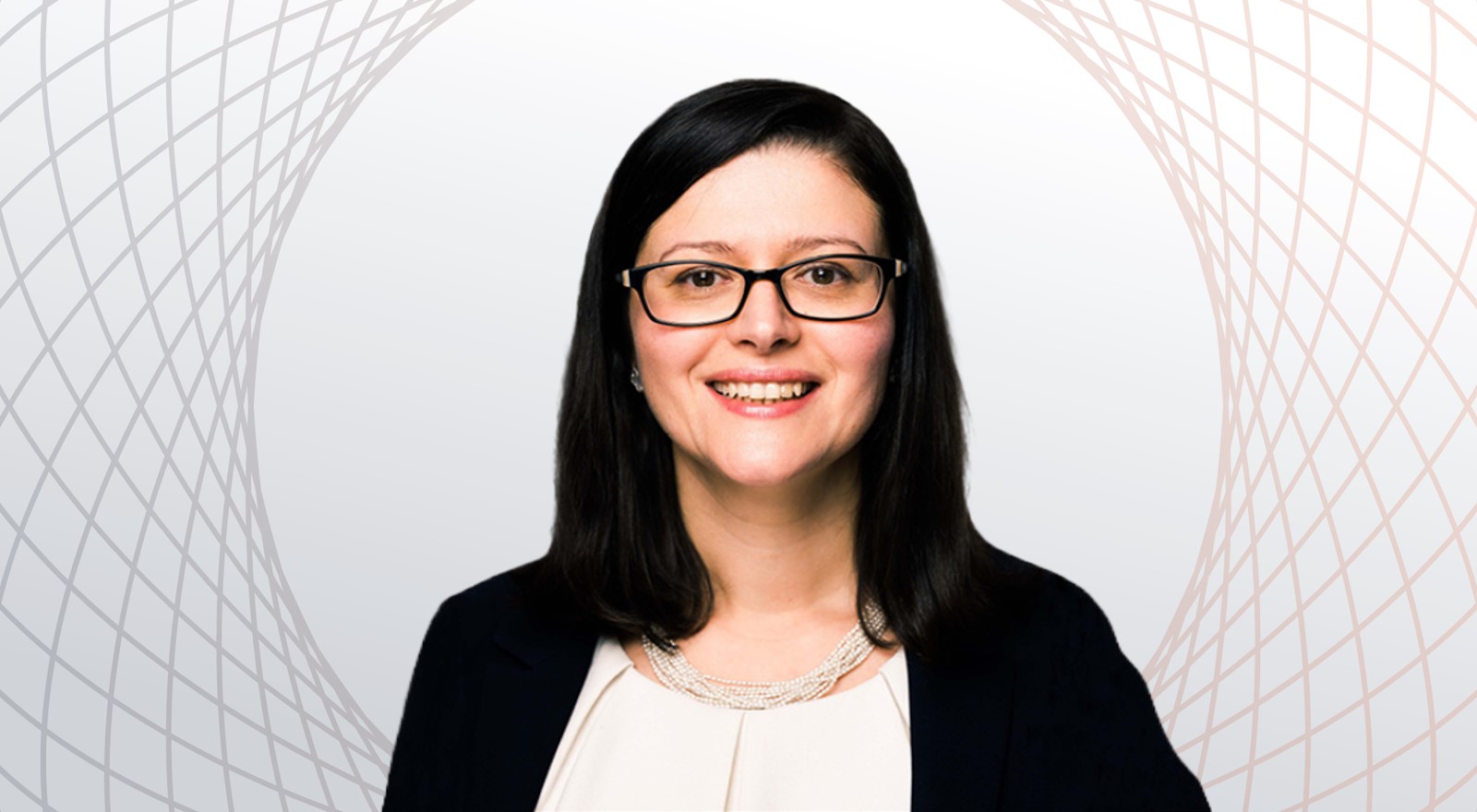Active ETFs have been capturing the headlines as the growth catalyst for the European ETF market this year. JP Morgan Asset Management’s (JPMAM) Research Enhanced Index (REI) ETFs have captured a vast share of this market and are continuing to attract the attention of investors.
The JPM US Research Enhanced Equity (ESG) UCITS ETF (JREU) – managed by Raffaele Zingone and Piera Elisa Grassi (pictured) – is a firm favourite among investors, pulling in $3.6bn of inflows in the first five months of 2024 and now stands at $10bn of assets under management, over double the next highest-ranking ETF, according to data from Bloomberg.
Against this backdrop, ETF Stream talks to Grassi about why the REI ETFs are so successful, what REI is, how these ETFs generate alpha and where the products sit within a wider portfolio.
What do you think makes the ETFs so successful?
I would say the secret lies in the fact that we have combined a set of strategies that are part of JPMAM’s DNA.
The content of the ETF is something we've been doing for a long time and we have innovated by delivering these strategies through the ETF vehicle. It is the combination of tradition—our decades of experience in this type of work—and the innovation of the ETF vehicle that allows us to deliver these strategies to many more clients.
Simply put, our REI strategies offer a compelling alternative to passive investing.
We stay very close to the index in terms of risk but combine strong risk management and best-in-class fundamental research to deliver positive risk-adjusted returns over time.
The active ETF “power” is that clients can look at our track record and see that the story matches the numbers.
Can you briefly explain what Research Enhanced Indexing is?
We focus on combining best-in-class fundamental research with risk management. Over the past three decades we have honed our approach to fundamental research.
Our process consists of over 90 equity research analysts, spread across the globe. They hold local responsibility while maintaining global connectivity. Each analyst covers 20 to 30 securities in great detail within one sector and one region.
This in-depth analysis provides the raw material for me and my team to construct portfolios.
Our portfolios are, in many ways, similar to the reference index—neutral in terms of region, sector, and style. However, where we take active positions is through small, deliberate deviations at the stock level from the index, refining it with the fundamental ideas generated by our analysts.
This bottom-up approach allows us to maintain around 40% active share spread across the investment universe.
The alpha component makes REI ETFs different from traditional passive ETFs. How do you generate alpha?
As we mentioned, the portfolio in many ways resembles the index. We do not take macro views. While some active managers might use macro-driven tools to generate alpha, our approach is different.
We utilise our analysts’ recommendations, based on long-term fundamental research at the stock level to drive alpha and this approach is highly diversified.
For instance, when comparing JPM Global Research Enhanced Index Equity (ESG) UCITS ETF (JREG) to the MSCI World index, which might have 1,400 securities, our portfolio typically holds around 700 to 750 securities.
Each of these positions is carefully selected, with active positions—both positive and negative—reflecting our analysts’ insights.
Our diversification is so comprehensive that no single theme drives performance. It is never about betting on value versus growth or small cap versus large cap. Instead, it is about making numerous small, active decisions based on company fundamentals that collectively generate alpha.
Risk management is crucial for us and how that risk breaks down is equally important. The vast majority of our risk comes from idiosyncratic, bottom-up ideas. When you look at the 70 basis points of risk we take, most of it is explained by stock-specific factors.
We ensure that no single name dominates that risk as it is spread across the portfolio. This diversification is what makes our performance sustainable over time.
How do investors use the REI strategies?
Our strategy is a beta-one core strategy. Whether you are looking at global or US exposure, it fits nicely into the asset allocation because our level of alpha does not interfere with the client's overall asset allocation. Often, our strategy is used as an alternative to passive investing or for clients who want to stay active but avoid high levels of tracking error.
You are co-managing several developed markets REI ETFs, looking at the current market environment, which exposure has currently the best outlook?
Global equities offer a balanced way to maintain US exposure while spreading risk. As we move towards the end of the year we expect earnings power to broaden beyond just the 'Magnificent Seven' to include many other companies in the index.
How will these strategies stay ahead of competition as the active market expands in Europe?
We have been experts in REI for over 30 years and since 2018 investors have been able to access these investment strategies via the ETF wrapper. Overall we have 10 core active ETF building blocks across a variety of regions, meeting a variety of ETF needs, and we look forward to building on this.
This article first appeared in ETF Insider, ETF Stream's monthly ETF magazine for professional investors in Europe. To read the full edition, click here.



